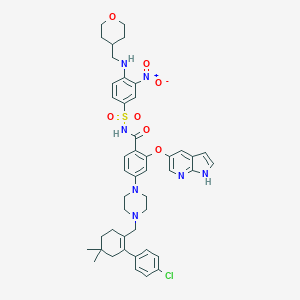Chronic lymphocytic leukaemia, Small lymphocytic lymphoma
Adult: In patient with or without 17p chromosome deletion abnormality or TP53 mutation: As monotherapy: Dose titration schedule: Week 1: Initially, 20 mg once daily; week 2: 50 mg; week 3: 100 mg; week 4: 200 mg; week 5 and thereafter: 400 mg. Continued until disease progression or unacceptable toxicity. In combination with rituximab after 5-week dose titration: 400 mg once daily, continued for 24 months starting cycle 1 day 1 of rituximab. Dose reduction, dosing interruption, or discontinuation may be required according to individual safety and tolerability (refer to detailed product guideline).
Oral
Acute myeloid leukaemia
Elderly: ≥75 years In newly-diagnosed patient with comorbidities: Initially, 100 mg on day 1, then 200 mg on day 2, then 400 mg on day 3. Then on day 4 and thereafter, 400 mg combined with azacitidine or decitabine or 600 mg combined with cytarabine. Continue until disease progression or unacceptable toxicity. Do not initiate in patient with WBC >25,000/mm3.




 Sign Out
Sign Out




